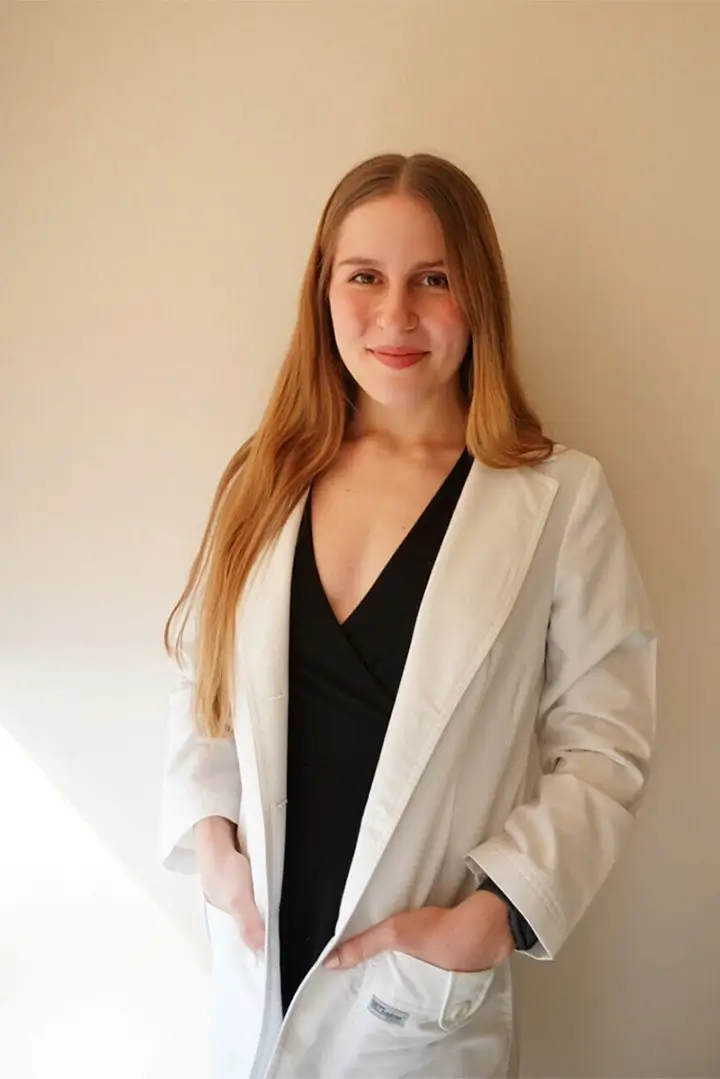Danielyan et al. Rejuvenation Res.
Stem cells have been delivered in a variety of ways: intravenously, into the spinal canal (intrathecally), into the brain (stereotactically), into the joint (intra-articularly), and into the cardiac muscle (endocardially). Scientists from the Department of Clinical Pharmacology, University Hospital of Tübingen , Tübingen, Germany have reported today a new way of delivering stem cells: via the nose.
Previous experiments administering stem cells for the treatment of Parkinson’s were primarily aimed at injection directly into the brain using sterotactic methods. These methods are highly invasive and there is always the potential of causing injury. Additionally some groups have used intravenous administration but the washout and number of cells being stuck in the lung and liver was reported as a potential problem.
The promise of using stem cells for the treatment of Parkinson’s comes not only from the direct regenerative ability of stem cells such as mesenchymal stem cells, but also from the fact that Parkinson’s is associated with inflammatory cytokine production, which has been previously demonstrated to be inhibited by stem cell administration.
Intranasal administration of bone marrow mesenchymal stem cells was performed in rats induced to develop a Parkinson’s like disease in which the dopaminergic cells were killed by administration of the toxin 6-hydroxydopamine (6-OHDA).
In rats that received the stem cells intranasally it was possible to find stem cells in the olfactory bulb, cortex, hippocampus, striatum, cerebellum, brainstem, and spinal cord. Out of 1 × 10(6) MSCs applied intranasally, 24% of the stem cells could be detected for least 4.5 months in the brains of 6-OHDA rats. It appears that the stem cells administered actually could proliferate in vivo as shown by expression of proliferating cell nuclear antigen on the administered mesenchymal stem cells.
Functionally it appeared that the intranasal administration increased the tyrosine hydroxylase level in the lesioned ipsilateral striatum and substantia nigra, and completely eliminated the 6-OHDA-induced increase apoptotic cells as detected by TUNEL. Decreases in dopamine were prevented by cellular administration. A decrease in the inflammatory cytokines TNF, IFN-g, IL-2, 2, 6, and 12 was observed to be associated with the administration of cell therapy.
It will be interesting to see if this easy to apply technique will enter clinical trials. Already clinical trials are using non-conventional means of stem cell administration, for example the topical application of stem cells for burn wounds, which is being performed by Dr. Amit Patel from the University of Utah, who we interviewed for the Cellmedicine news blog above.

